Alocasia, Elephant Ear (Green)
Transform your space with the striking Alocasia Elephant Ear. Its large, vibrant green leaves create a bold, tropical aesthetic. Perfect for indoor or outdoor settings, this easy-to-care-for plant purifies air and thrives in indirect light. Elevate your décor with its exotic charm and natural beauty.
Plants Depot – B2B & Wholesale Plants and Trees Supplier
Plants Depot is your trusted partner for premium plants, trees, and fruit varieties, catering exclusively to B2B buyers and bulk projects across India. Each order is carefully packed and transported using our dedicated delivery network, ensuring plants arrive fresh and healthy from our nurseries to your site.
We collaborate with landscapers, garden centers, developers, resorts, and corporate clients, delivering reliable supply, competitive pricing, and professional guidance for every project.
Serving clients nationwide and supporting international exports, we connect businesses to a wide range of quality greenery solutions. While natural variations in shape or color may occur, our commitment to excellence and plant health remains constant.
Minimum order quantities apply, and by managing deliveries directly — without third‑party couriers — we ensure every shipment reaches you in the best possible condition.
Payment Methods:
Description
Introducing the Alocasia, Elephant Ear (Green), a striking houseplant that adds a touch of the exotic to any interior space. Known for its large, lush, and uniquely shaped leaves, this plant provides a bold statement piece that enhances the aesthetic of your home or office.
- Features uniquely large, heart-shaped leaves that mimic the ears of an elephant.
- Exhibits a vibrant green color that enlivens any room with a fresh, natural feel.
- Grows to a moderate height, making it suitable for both small and large spaces.
- Easy to care for, ideal for both novice and experienced plant enthusiasts.
The Alocasia not only beautifies your space but also purifies the air, promoting a healthier environment. Its unique foliage serves as a conversation starter and brings a touch of nature indoors, which can be both calming and rejuvenating.
To keep your Alocasia thriving, place it in a well-lit area with indirect sunlight and ensure it is planted in well-draining soil. Water it regularly but allow the topsoil to dry out between watering. Avoid overwatering to prevent root rot.
Bring home the Alocasia, Elephant Ear (Green), and transform your living space into a tropical retreat with minimal effort. Perfect for adding a dramatic flair to contemporary decor, it is the ideal choice for those seeking both style and simplicity in plant care.
Description for Alocasia, Elephant Ear (Green)
Plant height: 9 – 15 inches
Plant spread:
Elephant ear plants (Alocasia spp.) received their common name because their leaves look like green renditions of elephants ears. The plants can be kept indoors as house plants or grown outdoors.
The Elephant Ear plant is a Herbaceous Perennial, meaning that they grow from non-woody stems and will re-bloom each year. Elephant Ear plants are actually part of the Caladium family
The elephant s ear is a hybrid that has become a fairly popular ornamental house plant and is one of the easiest to find and buy from the Alocasia genus. Different shades of green and yellow appear through the leaves when sun light hits the leaves which is an attractive sight.
Common name(s): Alocasia, Elephant Ear (Green),elephants ear
Flower colours: Although flowers appear once in a while on a well looked after Alocasia, they are quite insignificant. The focus of this plant should be maintaining its beautiful foliage.
Bloom time: Rarely flowers
Max reachable height: Height: 2.00 to 6.00 feet Spread: 2.00 to 6.00 feet
Difficulty to grow: Easy to grow
Planting and care
Plant in locations protected from strong winds after last frost date. Rhizomes/tuberous roots may be started indoors in pots or containers. After last frost date, pots may be sunk to the rim in the garden and containers may be set out on the patio. Water and fertilize regularly.
Reduce watering in winter. Return to the garden in spring. Rhizomatous varieties are best left in pots year-round. Tuberous varieties may be planted directly in the garden in late spring. After first fall frost, dig and lift tubers, shake off loose soil, dry and store in cool, dry location for winter. May be grown as a house plant.
Sunlight: Partial sun shine
Soil: Use a fast draining peat based potting mix.
Water: Elephant ears are water-loving plants. They need at least moist, organically rich soil, but constantly moist soil is preferable, especially in warm months. You can decrease your watering schedule for the plants in winter, when they don t need as much water as they do other times of the year.
Temperature: approximately 65-75F (18-24C )
Fertilizer: Feed with a diluted balanced fertilizer from spring every 2 weeks and stop at the end of August then start again at the beginning of spring.
Caring for Alocasia
If elephant ear plants are starving for sunlight, their growth becomes stunted and their leaves may turn a bit pale or yellow.
If that happens to container-grown elephant ears, move them to a better lit area.
Too much sunlight, on the other hand, can burn the plants leaves.
Adjust your garden accordingly, either by moving the elephant ears or providing them some shade from a tree or other structure.
Typical uses of Alocasia
Special features:
Ornamental use: These are tropical plants of the Arum family that are treasured for their decorative (and in some cases enormous) leaves. Closely related to Colocasia (taro), the plants of this genus feature heart to arrowhead-shaped leaves (12-36″ long), each singly atop long and stout succulent stems.

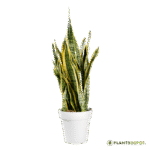
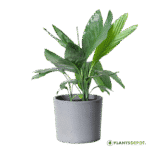

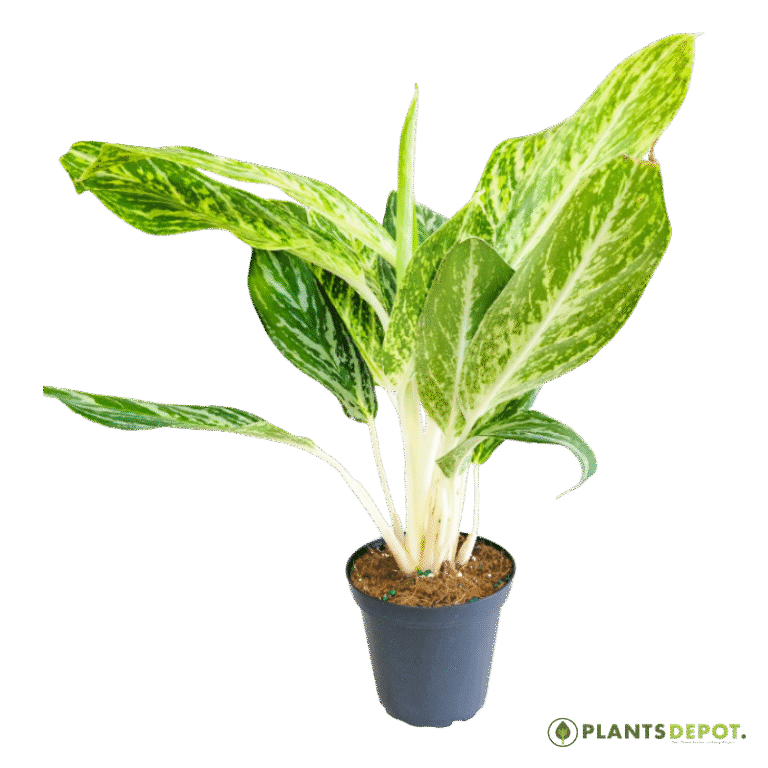
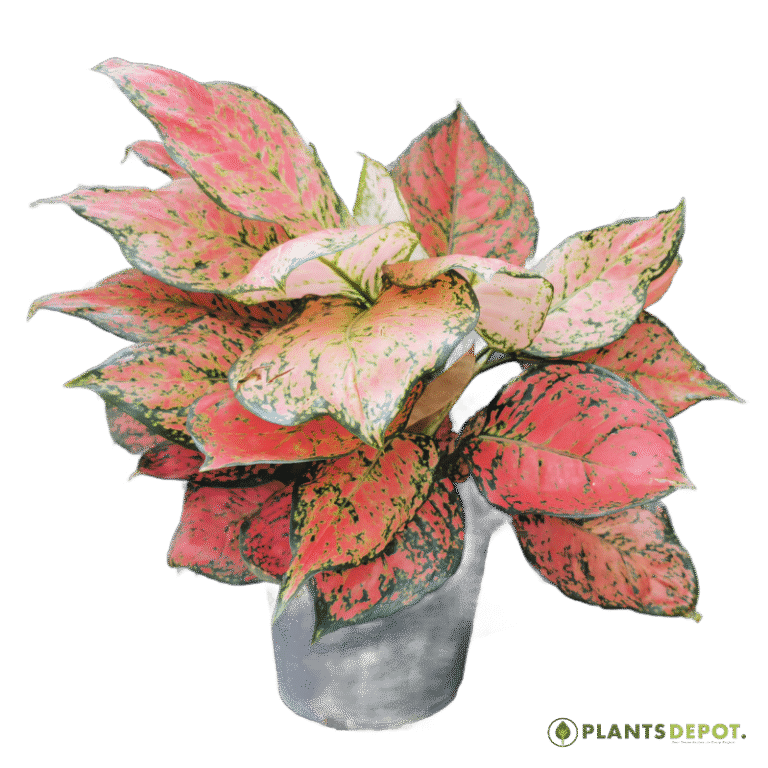


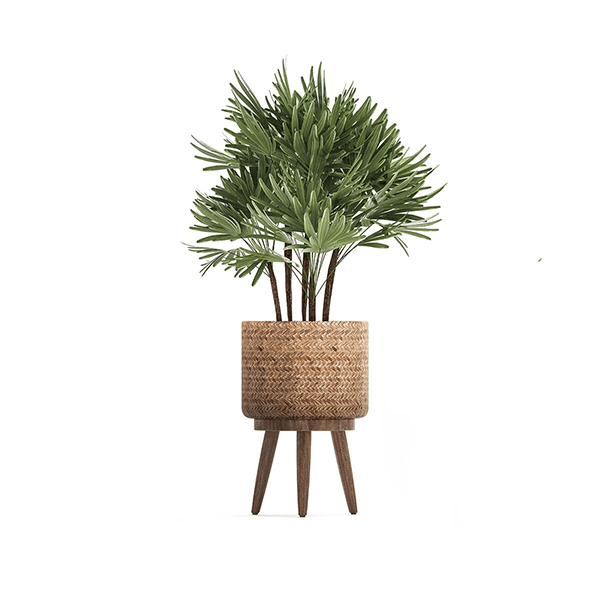
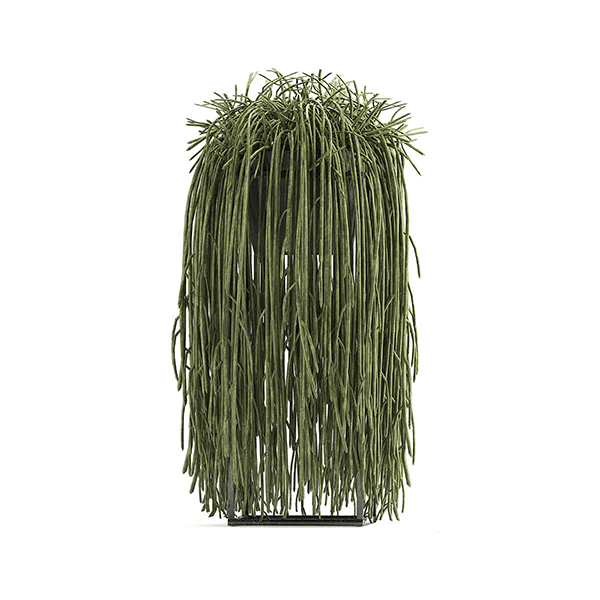
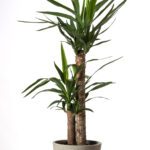 EXOTIC PLANTS
EXOTIC PLANTS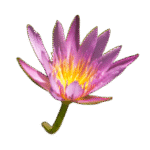 AQUATICS
AQUATICS AVENUE TREES
AVENUE TREES BAMBOOS
BAMBOOS BONSAI
BONSAI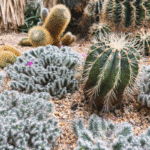 CACTUS
CACTUS CLIMBERS
CLIMBERS CREEPERS
CREEPERS CYCAD
CYCAD FERNS
FERNS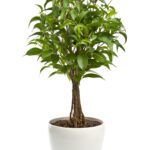 FICUS
FICUS FIG
FIG FLOWER PLANTS
FLOWER PLANTS FRUIT PLANTS
FRUIT PLANTS GROUND COVERS
GROUND COVERS HEDGES
HEDGES HERBS
HERBS INDOOR PLANTS
INDOOR PLANTS MEDICINAL PLANTS
MEDICINAL PLANTS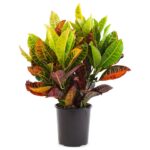 ORNAMENTAL PLANTS
ORNAMENTAL PLANTS OUTDOOR PLANTS
OUTDOOR PLANTS PALMS
PALMS SHRUBS
SHRUBS SPICES
SPICES NATURAL
NATURAL CRYSTAL
CRYSTAL ONEX
ONEX PEBBLE CHIPS
PEBBLE CHIPS GLASS & AQUARIUM
GLASS & AQUARIUM GRANITE & MARBLE
GRANITE & MARBLE POLISHED MARBLE MIX CHIPS
POLISHED MARBLE MIX CHIPS POLISHED MIX
POLISHED MIX STONE SAND
STONE SAND UNPOLISHED CHIPS
UNPOLISHED CHIPS SEEDLING GERMINATION TRAYS
SEEDLING GERMINATION TRAYS STAINLESS STEEL PLANTERS
STAINLESS STEEL PLANTERS SYNTHETIC POTS
SYNTHETIC POTS ARTIFICIAL GRASS
ARTIFICIAL GRASS NATURAL GRASS
NATURAL GRASS